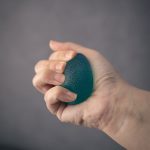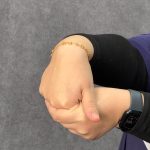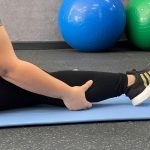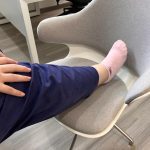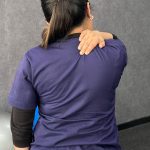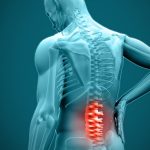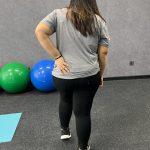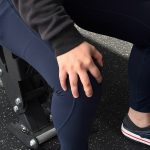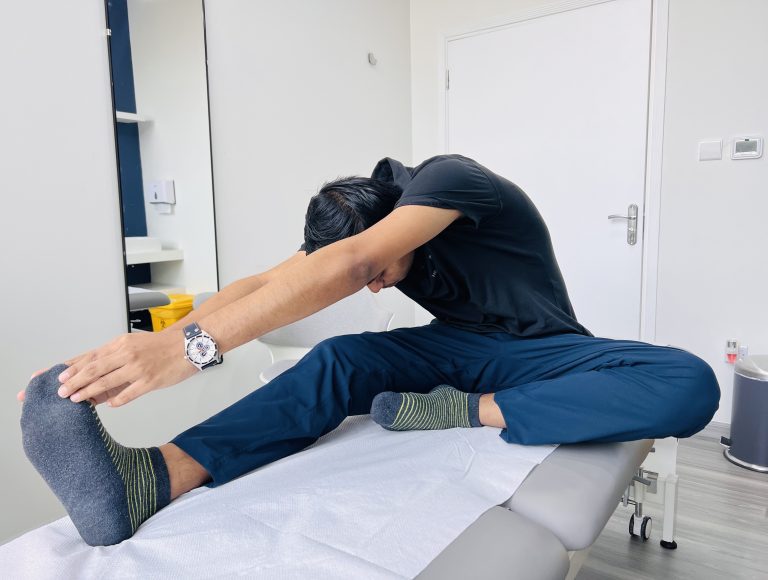
Health Blog | 2 MIN READ
Knee Osteoarthritis — Joint Inflammation & Degeneration
Dr. Mau
Overview
Arthritis, an inflammation that results in swelling and tenderness in one or more joints at the same time. Osteoarthritis is one of the most common forms of arthritis, affecting millions of people worldwide. Commonly seen in hands, hips, knees when the protective cartilage that protects the end of the bones degenerate over time.
Oftenly affecting the knee due to the wear and tear of the joint cartilage causing the bones to rub off each other therefore leading to pain. This condition may start between the ages 40 to 60 and it is more common in women.
Symptoms
■ Pain. Discomfort during or after movement.
■ Swelling. A result of soft tissue inflammation by the joint
■ Stiffness. Joint stiffness most detectable upon awakening or result of inactivity.
■ Loss Of Flexibility. Inability to use the joint to its maximum potential.
■ Tenderness. One may experience tenderness upon light pressure near it.
■ Grating Sensation. Patients may experience a crackling sensation, or hear popping or cracking.
Causes
Cartilage Degeneration
The cartilage is firm, with the help of slippery tissue your joints are able to move frictionlessly, as the cartilage wears down completely, the bone will rub on the bone. Besides cartilage degeneration, osteoarthritis affects the entire joint and causes changes in the bone and the connective tissues that cushion the joint together and attach muscle to bone.
On that note, Physiotherapy can help you ease your symptoms and potentially slow down the progression of arthritis. Through strengthening the muscles surrounding the joint and mobility exercises to improve the range of motion.
Risk Factors
■ Older Age
■ Sex
■ Obesity
■ Joint Injuries
■ Repetition On Stress Joint
■ Genetics
■ Bone Deformities
■ Metabolic
Diagnosis Process Of Knee Osteoarthritis
The physiotherapist will begin by taking a look at your medical report or a few questions to identify if it is neurological, musculoskeletal or genetic. Your physiotherapist will conduct physical assessments taking into account the symptoms. Ensure to take note of what increases and decreases the pain. Additionally, the physiotherapist may request :
● X-rays
● MRI’s
Exercises For Prevention & Strengthening:
Treatment
Exercise. Strengthening and stretching the muscles that cushion the knee joint increases flexibility, as a result decreases chances of injury and pain.
Physical or occupational therapy. For those struggling with daily exercises physical therapy is a great option in treating the root causes. In the course of a few sessions the patient will be able to move more in a painless manner. His or her joint’s flexibility and strength will improve and maximize performance of the knee.
Weight-loss. Cutting off a little weight, if necessary, may significantly relieve knee pain.
Brace Devices. Brace devices are designed to remove the weight applied to the knee affected by arthritis.
Surgery. When all treatments fail to drive results, surgery is a viable option.


